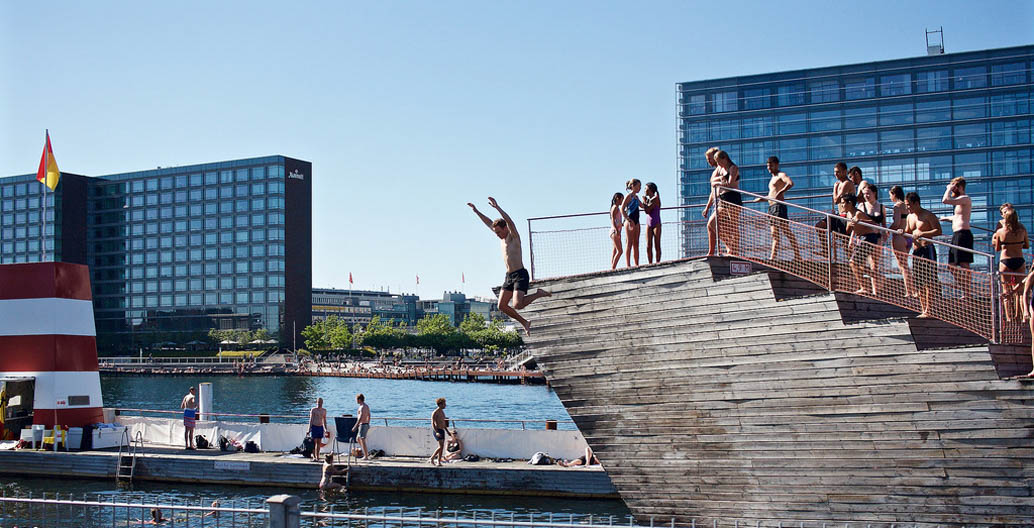
Take ten: Foreground’s most read stories in 2018
From urban responses to the challenges of climate change, radical reappraisals of Australian agriculture, to uplifting new cycleways putting more bums on bike seats, here are our most popular stories from the year that was.
1. The water is coming for Copenhagen; good design could be its best defence
The Danish capital is associated with fables, Vikings and in recent decades, good design. As Copenhagen city prepares for a century of extreme climate events, landscape architects, planners and inhabitants are finding creative solutions that provide not just flood defence, but more urban amenity. Read more.
2. Car parking is choking our cities, and we’re paying for the privilege
Traditional car parking creates unequal, inefficient and unsustainable cities. It’s time for a new vision, write two University of Melbourne urban planning experts. Read more.
3. Decolonising agriculture: Bruce Pascoe’s ‘Dark Emu’
Australia’s colonial history has characterised indigenous people almost exclusively as nomadic hunters. This exclusive extract from Bruce Pascoe’s Dark Emu, reveals a long history of indigenous agriculture, a history that predates the pyramids, but which was omitted from the history books. Read more.
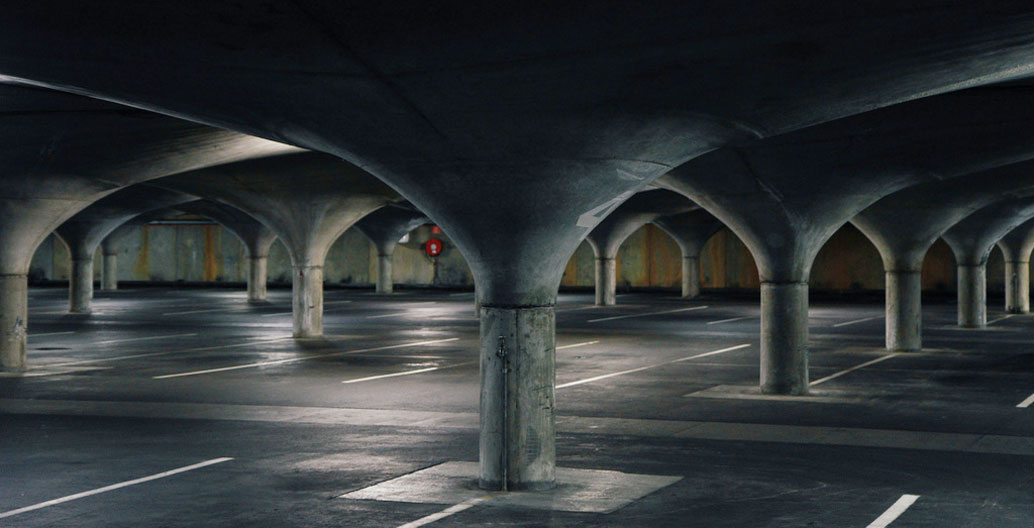
The University of Melbourne's underground carpark. Image: Noël
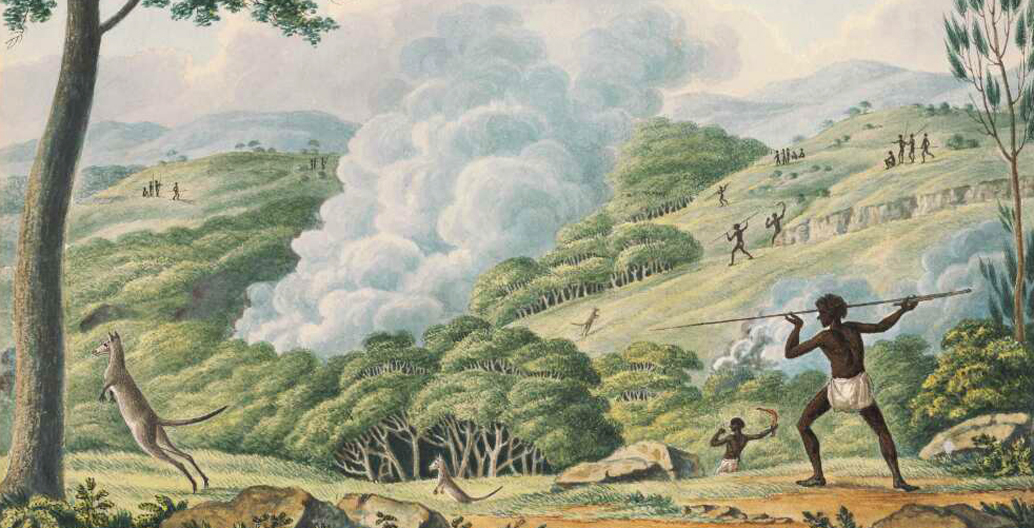
Aborigines using fire to hunt kangaroos. Image: National Library of Australia (NLA).
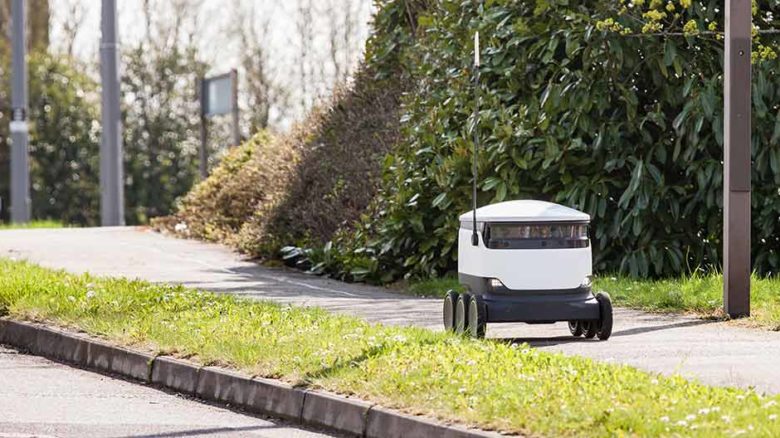
Starship's robot delivery service makes use of the footpath, rather than the road. Image: Starship
4. What will the footpath of the future look like?
Technological developments will bring changes large and small to urban transport infrastructure over the coming decades, but the most widely felt impacts will be on the humble, low tech footpath. Read more.
5. More bike paths like these, please
Two recent award-winning projects demonstrate the vital importance of bike paths and other active transport networks within our urban infrastructure matrix. Read more.
6. Water in a dry land: How PA Yeomans uncovered Australia’s hidden water systems
Australia is the driest inhabited continent on earth, and yet many of its farming practices see water routinely squandered. One visionary farmer’s insights, however, have had a global influence on water use in the landscape and might yet help avert agricultural, and ecological, collapse. Read more.
7. Rob Adams on the forces reshaping Melbourne for better… and for worse
In this frank conversation, the City of Melbourne’s Director of City Design Rob Adams reflects with Kim Dovey on the legacy of the politicians and planners who have built modern Melbourne, ‘the world’s most liveable city’. Read more.
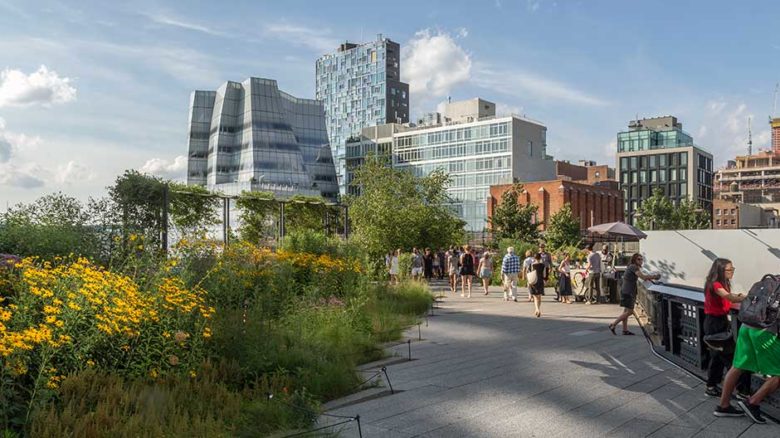
The Highline NYC - green gentrification?
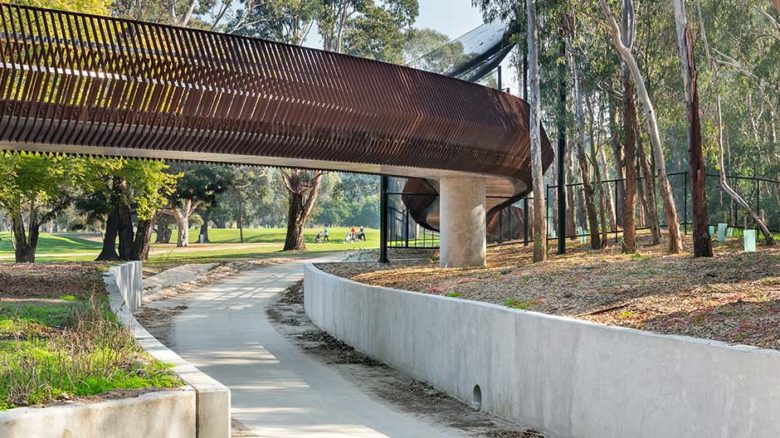
Darebin Yarra Trail is 1.8 kilometres of bike paths linking Melbourne's North-East. Image: Emma Cross
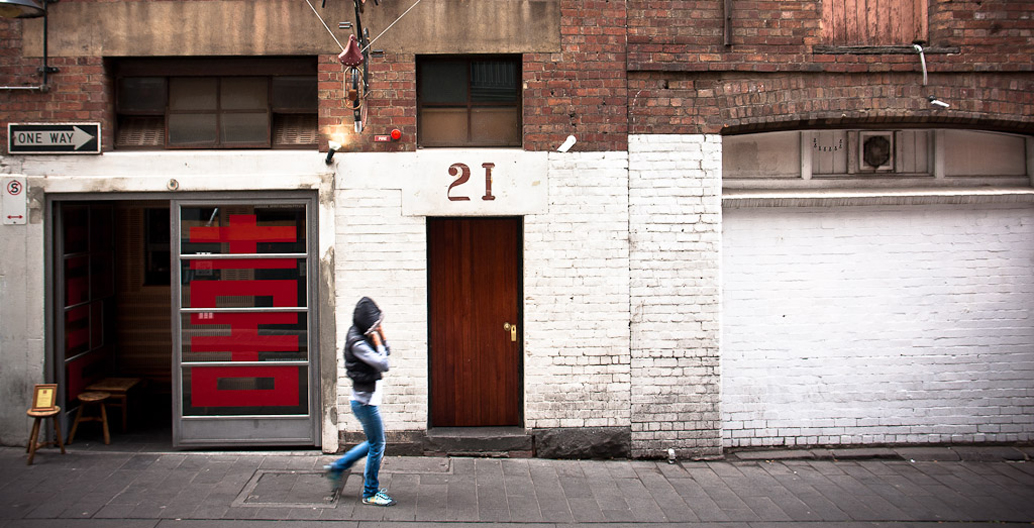
Melbourne's once-grotty laneways have now become a hospitality haven. Image: Gary Sauer-Thompson.
8. A fenceless, vertical school in Melbourne trades hard borders for close-knit community
A new primary school in South Melbourne does away with the formal conventions of schools past to create a school shaped for the 21st-century city. Read more.
9. Reimagining Australia’s “temperate Kakadu”
Unlike Sydney, for most of its history Melbourne’s been a city that’s turned its back on the water. Prior to colonisation, the land around the CBD was home to Billabongs, creeks and swamps. It’s this history that’s coming straight back into focus as inner-city redevelopments return to the wetlands. Read more.
10. Green gentrification and how to avoid it
Parks improve our neighbourhoods, boost our health, strengthen our communities and combat the effects of climate change. In short, greening our cities make them more liveable. But who really benefits? Read more.


